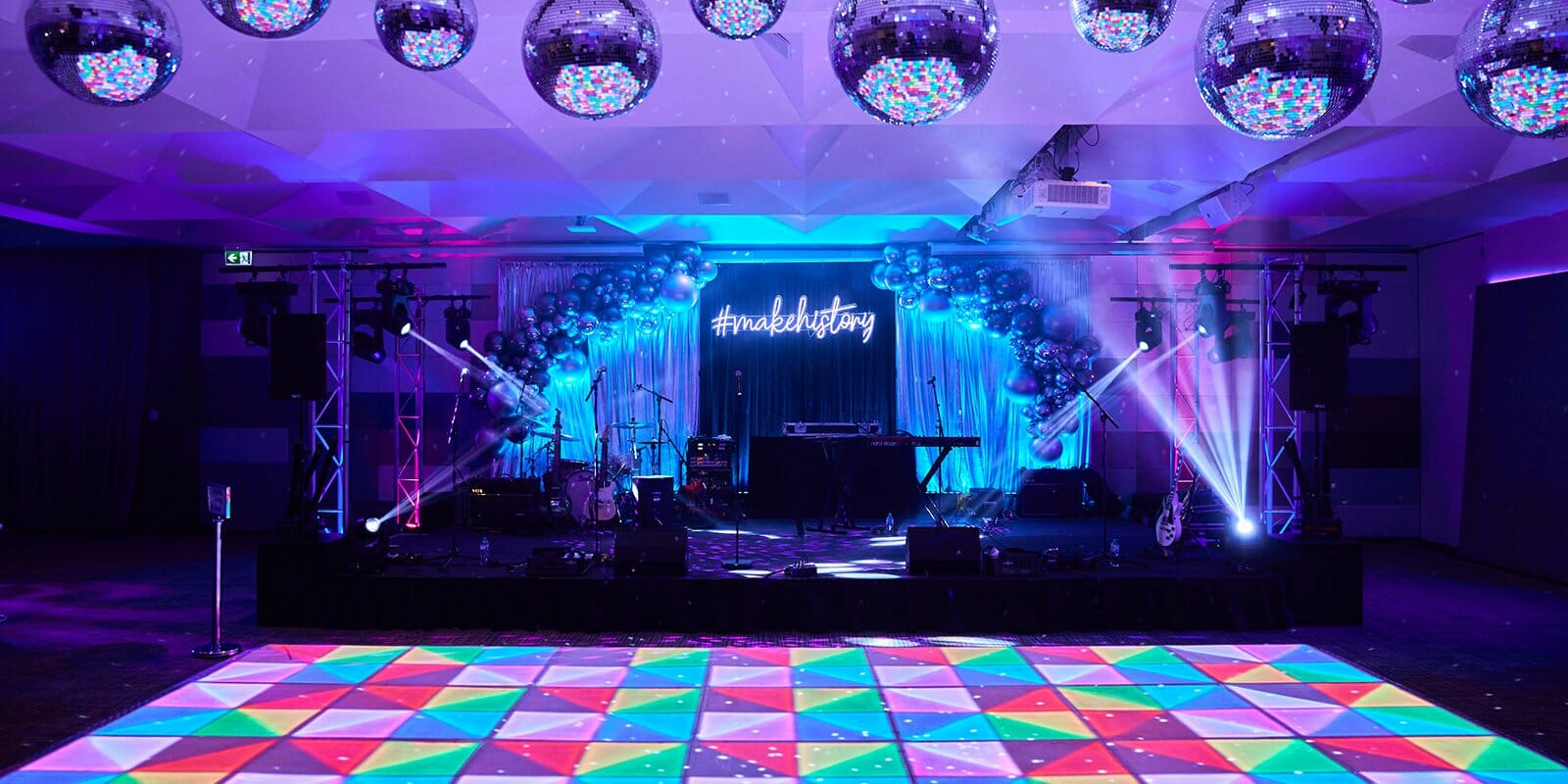Exploring the Benefits and Disadvantages of Wood and Synthetic Dance Surface Materials for Optimal Functionality and Aesthetics
Exploring the Benefits and Disadvantages of Wood and Synthetic Dance Surface Materials for Optimal Functionality and Aesthetics
Blog Article
When it comes to choosing the right dance surface substance, wood and synthetic are two common options that dancers and dance studio proprietors often evaluate. Each substance has its own distinct advantages and disadvantages that can influence performance, safety, and visual appeal. Understanding these variations is crucial for arriving at an informed decision that satisfies the needs of dancers and enhances the overall experience in a dance studio or performance space.
Wood dancing surfaces are often preferred for their traditional look and feel. They offer a natural surface that can absorb shock, which is advantageous for dancers who perform high-impact movements. The flexibility of wood helps minimize the risk of injuries, such as twists and stresses, by providing a stable surface. Additionally, timber floors can be restored, allowing them to keep their appearance over time. This durability makes them a sustainable asset for dancing spaces. However, wood floors can be more expensive to install and upkeep compared to vinyl choices, and they may need regular maintenance to avoid bending or harm from humidity.
Conversely, vinyl dancing floors provide a range of benefits that make them appealing to many dancing studios. One of the primary advantages of synthetic is its cost-effectiveness. Synthetic flooring is generally more affordable to purchase and install than wood, making it a cost-effective choice for spaces. Furthermore, vinyl is offered in a wide range of colors and designs, enabling for greater personalization to match the style of the space. Vinyl floors are also easier to maintain and upkeep, as they are impervious to stains and moisture. However, some performers may find that synthetic does not provide the equivalent level of impact absorption as timber, which could result to discomfort during long practice periods.
Another crucial factor to evaluate is the type right here of dancing being executed. Various dancing genres may demand different floor materials for best execution. For instance, classical ballet performers often favor wood surfaces because they provide a stable surface for turns and jumps. In contrast, styles like hip-hop or jazz may gain from the non-slip properties of vinyl. It is essential for dance studio proprietors to take into account the primary dancing genres taught in their studio when selecting a surface material. This consideration can help ensure that performers have the best potential experience while practicing and performing.
Visual appeal also play a major role in the choice procedure. Timber floors are often associated with elegance and tradition, making them a popular choice for elegant dance studios and performance venues. The organic texture and richness of wood can create a inviting environment that improves the general feeling for both dancers and spectators. On the other hand, synthetic surfaces can be designed to replicate the look of timber or alternative substances, offering a modern and stylish look. The decision between timber and synthetic can ultimately hinge on the intended ambiance of the space and the impression that studio owners want to create.
In summary, both timber and vinyl dance floors have their own collection of advantages and disadvantages that can impact execution and aesthetics. Wood surfaces provide durability, impact cushioning, and a traditional appearance, while synthetic floors provide cost-effectiveness, simplicity of upkeep, and design versatility. The decision between these substances should be determined on the particular needs of the performers, the kinds of dance being performed, and the general concept for the studio. By thoughtfully evaluating these elements, studio owners can create an environment that enhances optimal performance and enhances the enjoyment of dance for all participating.